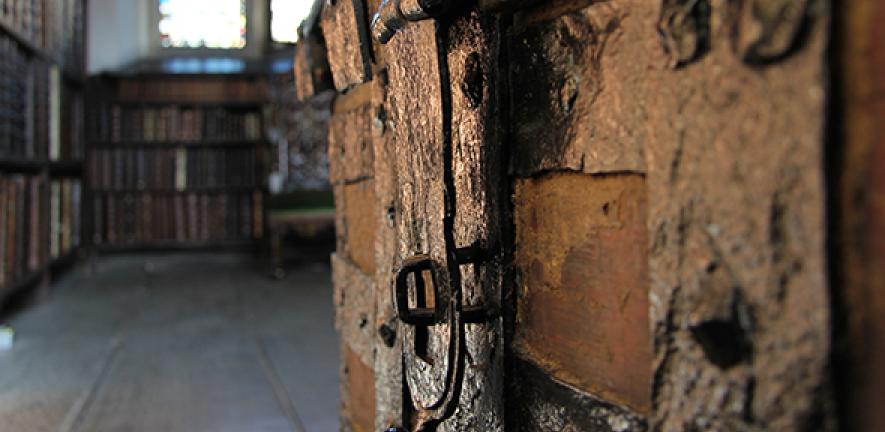
Historic England’s Planning and Conservation Director, Greg Luton, told us more about the work he does and why our heritage is so important. Historic England will be hosting an event, Historic England: listed buildings, ancient monuments and places, on Saturday 12 September during Open Cambridge 2015.
Historic England’s Planning and Conservation Director, Greg Luton, told us more about the work he does and why our heritage is so important. Historic England will be hosting an event, Historic England: listed buildings, ancient monuments and places, on Saturday 12 September during Open Cambridge 2015.
OC: What does Historic England do?
GL: Historic England champions historic places – our buildings, ancient monuments, parks and gardens, landscapes and marine heritage (including underwater wrecks). Based in Cambridge, we have three small teams who deal with listing and scheduling of historic sites, research and analysis, and advice and grants. We work with our national and locally important historic places to offer constructive advice to support change.
OC: How important is heritage and history to our day-to-day lives?
GL: Heritage and history is subtly at the centre of our day-to-day lives. It’s around us, where we work and live and tells the story of our past.
We’ve looked into the benefits in some detail. It adds to the quality of our lives and has a positive impact on our health and wellbeing, as well as having substantial economic benefits for regeneration and growth. In 2011, heritage tourism in the UK provided 14,000 direct jobs and £5.1bn to the economy. Regeneration-led projects improve the places we spend our time in, and raise pride in where we live. Interestingly, people who volunteer or participate in heritage activity feel it increases their willingness to try new things and it improves their confidence and self-esteem. There’s much more information available on our website. http://hc.historicengland.org.uk/
OC: What’s the most interesting aspect of your job?
GL: I’m lucky to have this job; it takes me to many interesting places – for example, from Holkham Hall in Norfolk to the WWI airfield at Stow Maries, Essex in the last few days. It also puts me in touch with specialists either on my own team or around the region; the historians, craftspeople, the keepers and custodians of our past. Mostly, I enjoy meeting others with the same enthusiasm for our past and celebrate with them what it does for our lives today and in the future.
OC: What are the challenges?
GL: One of the day-to-day challenges is doing the right thing for our historic environment and for the economic well-being of the nation. I manage a team of Archaeologists, Architectural Historians, Landscape Architects and Planners. Bringing those skills together across the broad spectrum of what Historic England does is rewarding. Our key challenge is ‘making the case’ for how important heritage and history is to those people whose lives have an impact on our historic environment. I try to help them make informed decisions through our advice and support.
OC: How would you ‘engage’ someone who isn’t engaged in our heritage and history?
GL: We see a huge interest in heritage and history from the numerous volunteers who take part in various activities, and by people who visit historic places. One recent survey showed that 61% of people in the East of England are interested in heritage and history and, as you know, we have a really varied and rich historic environment. I point those who maybe haven’t engaged with our heritage to look at our great cathedrals and churches, to visit the international home of horse racing at Newmarket, to look at our lovely market towns, not to mention the designed landscapes and gardens like those being excavated and reconstructed at Wrest Park. There is, I’d like to think, something for everyone, but if I had to entice someone who hasn’t engaged with heritage and history, I would ask about their interests, heritage and history and see where we could make a connection.
OC: Which Open Cambridge events are you most looking forward to?
GL: There are so many talks and walks to choose from, it’s quite hard to be selective. I like the sound of the Cold War bunker at County Hall and a look at the boathouses and history of rowing. Some of the historic libraries sound great too! I always recommend Michaelhouse, which has gone from being a chapel to modern community centre, and the ‘behind the scenes’ tour of the listed John Lewis buildings. I’m also hoping to get to the ’Cabinet of Curiosities’ at the Museum of Cambridge.

The text in this work is licensed under a Creative Commons Attribution 4.0 International License. For image use please see separate credits above.
